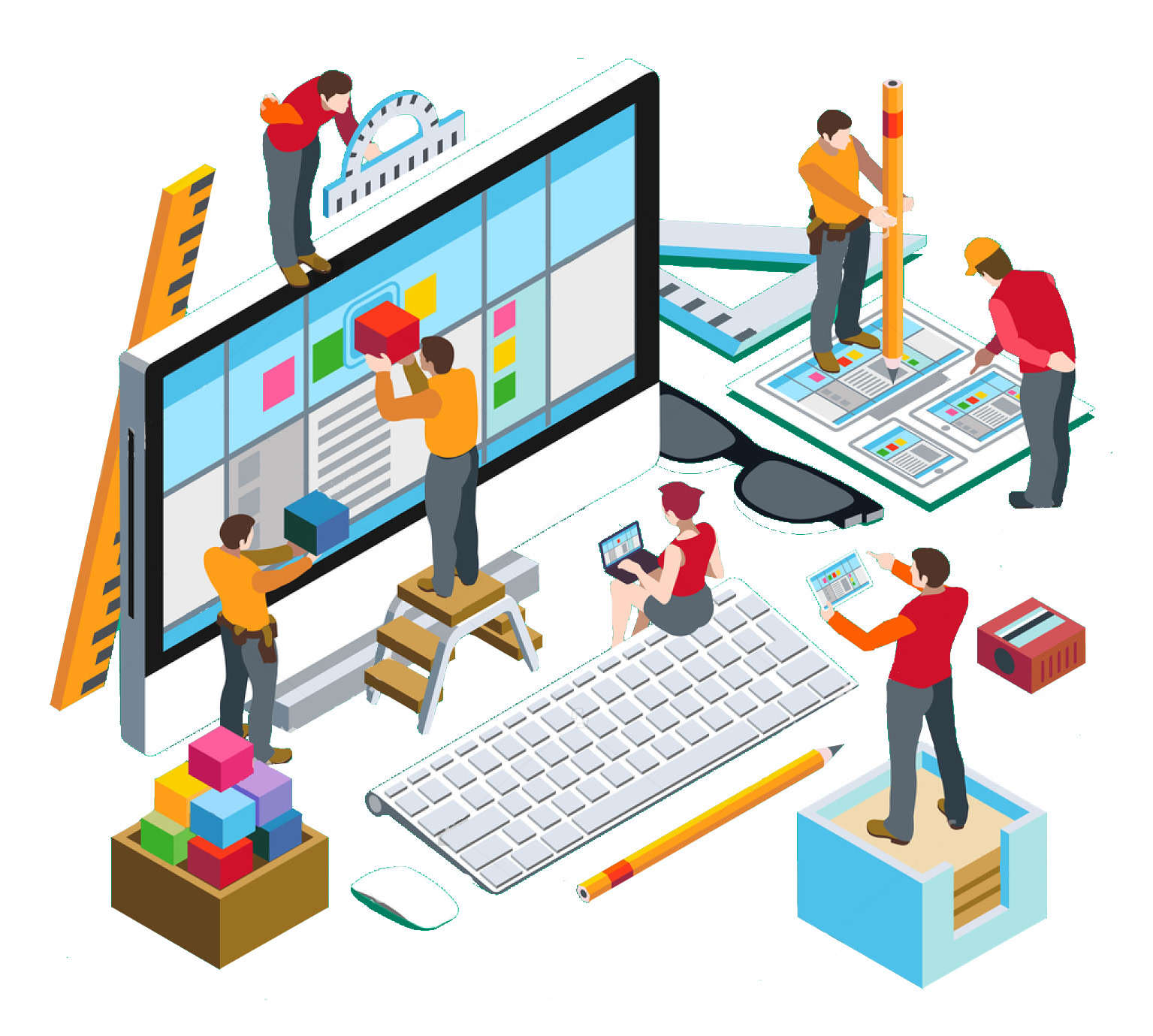Whether you are an multinational organization or a local business, generally the most important factor when developing a site is how well it converts visitors to leads. It sounds straightforward on paper. Add compelling, informative content along with an engaging form and you're good to go. But often it's not that simple, and even some of the worlds largest companies fall short when it comes to guiding visitors to the point of sale.
So, if a large company with millions of dollars at their disposal finds it difficult to get right, what hope do you have. Well, as it turns out quite a lot. There are some basic methodologies explored below that will ensure you get the maximum percentage of visitors to take the next step every time.

Key Areas
See the points to the right to get an short description of important aspects that a website should have.
1 Social Validation
The first issue we'll take a look at is social validation; in terms of convincing potential clients to sign up this is probably the single most crucial aspect of your whole site.
Recommendations, reviews, memberships, it all counts. Reseached has showed that when recommendations were provided for a particular service, that service received 20 percent more sign ups than a service for which there were no recommendations. Another example is where recommendations are provided for a particular travel destination that destination is selected 10 percent more often than a destination for which there was no recommendation.
If a photo of the reviewer accompanied the travel recommendation, the conversion rate increased an additional 20 percent. But why is this? To put it simply Ratings and reviews work unconsciously to activate our need for social validation. But they also give us the rationalization we need or want after we have made our decision unconsciously. Data, charts, graphs, and statistics allow us to tell ourselves we are making the wise choice. This will then set the scene for the rest of your offering. We listen more closely to people we know and trust. If we are listening to someone we don’t know, then we will try to (unconsciously) determine if the person is like us.
2 Provision of Information
The second aspect is the provision of information. Try to provide some helpful insights, advice and tips which may not be available elsewhere. Of course offer this all as a free resource carefully segmented into topics. Useful information on a Website can act as a gift and thereby trigger reciprocity. And remember, whilst no strings attached is okay, it is also acceptable to ask for a reciprocal action, especially when you provide useful information.
3 Wording
Thirdly, let's focus on the wording and tone of your site. Consider this paragraph:
“This software has many built-in features that allow for photos to be uploaded, organized, and stored. Photos can be searched for with only a few steps.”
Now read this paragraph:
“You can upload your photos quickly, organize them any way you want to, and then store them so that they are easy to share with your friends. You can find any photo with only a few steps.”
Which product would you buy? More likely than not you would buy the one that says “you” and “your.” This is not a conscious decision. Your nonconscious old brain will tell you that the second product is better for you. As powerful as visuals, graphics and fancy design are at grabbing and holding attention on a Web site, it’s not all that you can do. Just by simply using the word "You" will get the attention of the old brain. In effect be direct and engaging with your language.
4 Content Stories
Finally, remember that each visit to your site might be the only time that potential client will ever visit. They have to process, understand and develop trust for your services all within a very short space of time. Bombarding visitors with an overwhelming and unstructured amount of information is sure to lessen your site's impact.
The human brain naturally breaks information into chunks Therefore a useful solution to this is to create stories. These are an excellent way for us to process and store information. A story contains a large amount of information in digestible chunks. Stories allow us to break down events into smaller units so that we can better understand the information being communicated. Psychologists call this chunking parts of a story, "event structure perception" and can drastically improve the amount of time a visitor will spend on your site, and thus increasing the chances of a conversion.
Contact Us
If you have any questions or need a quote. Enter your details in the form below and we'll get right back to you.









